What is adaptive immunity?
Adaptive immunity is part of the immune system that consists of lymphocytes and their products, including antibodies. It is classified into humoral immunity, which combats extracellular microbes and toxins, and cell-mediated immunity, which defends against intracellular microbes and cancers.
How is humoral immunity mediated?
Humoral immunity is mediated by B lymphocytes, which differentiate into plasma cells to produce antibodies.
What are the types of T lymphocytes involved in cell-mediated immunity?
The types of T lymphocytes are helper T cells (which aid B cells and activate other leukocytes), cytotoxic T cells (which destroy infected and cancerous cells), and regulatory T cells (which prevent autoimmunity and limit immune responses).
What is the significance of clonal selection in lymphocytes?
Clonal selection is the process where a specific group of lymphocytes responds to a particular antigen. This ensures a precise and effective immune response.
What is the structure of a T Cell Receptor (TCR)?
The T Cell Receptor (TCR) consists of two different protein chains linked together by a disulfide bond. Each chain has a variable region, which recognizes antigens, and a constant region, which anchors the receptor to the cell membrane. The TCR is associated with CD3 and Zeta molecules, forming the TCR complex, which aids in signal transduction upon antigen recognition.
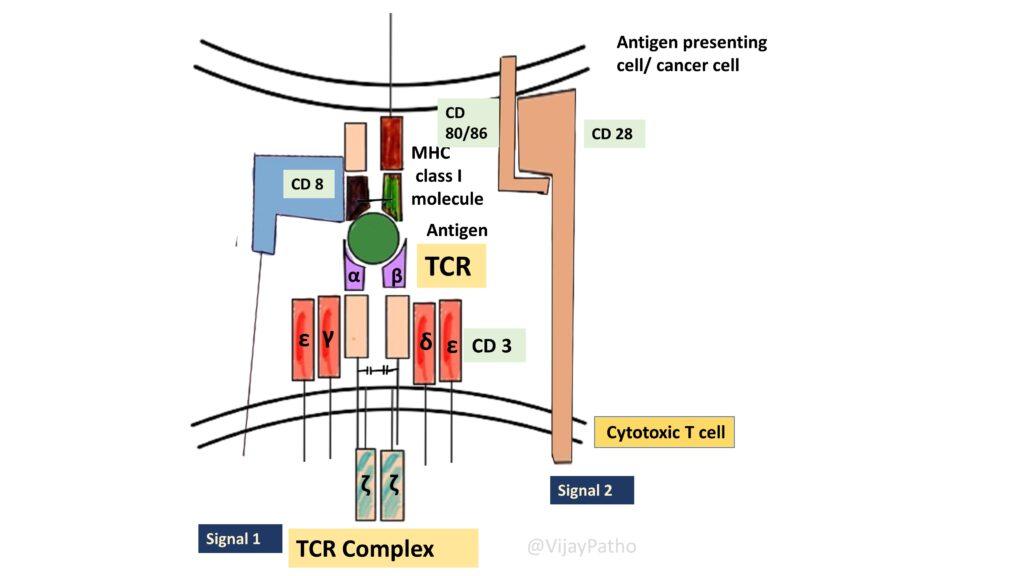
T Cell Receptors recognize antigens when they are presented on the surface of antigen-presenting cells by Major Histocompatibility Complex (MHC) molecules. This interaction is aided by co-receptor molecules such as CD4 or CD8, which bind to MHC Class II and Class I molecules, respectively. This process is known as MHC restriction.
Can you explain the role of CD3 and Zeta molecules in T cell activation?
CD3 and Zeta molecules are part of the TCR complex and play a crucial role in signal transduction. They help transmit the activation signal into the T cell following antigen recognition by the TCR, leading to T cell activation and the immune response.
What is the function of B lymphocytes?
B lymphocytes produce antibodies to mediate humoral immunity. They possess B cell receptors (BCRs) with membrane-bound immunoglobulins that recognize antigens, triggering B cell activation.
What is the structure of a B Cell Receptor (BCR)?
A B Cell Receptor is composed of a membrane-bound immunoglobulin molecule (e.g., IgM or IgD) paired with two other proteins, immunoglobulin alpha (Igα) and immunoglobulin beta (Igβ). These molecules function similarly to the CD3 and Zeta molecules in the TCR complex, transmitting signals into the B cell when the immunoglobulin part of the BCR binds to an antigen.

How are B Cell Receptors activated?
B Cell Receptors are activated when their immunoglobulin portion binds an antigen. This binding, ideally involving at least two immunoglobulin molecules for effective signaling, triggers an activation signal with the help of Igα and Igβ. A secondary signal can be delivered through coreceptors like CD21, which binds to complement-decorated antigens, enhancing the B cell’s response to the antigen.
The diversity of BCR and TCR is essential for the immune system’s ability to recognize a vast array of antigens. This diversity is achieved through a complex genetic rearrangement process during the development of B and T cells, allowing for the creation of receptors with highly specific antigen recognition capabilities.
What is the role of dendritic cells?
Dendritic cells capture antigens and present them to T cells, triggering an immune response. Immature dendritic cells in the skin are called Langerhans cells.
Follicular dendritic cells present antigens to B cells and are found in the germinal centers of lymph nodes and spleen. They trap antigens bound to antibodies or complement proteins. Regular dendritic cells present antigens to T cells.
How do macrophages function in the immune system?
Macrophages act as phagocytes and antigen-presenting cells. They are involved in chronic inflammatory reactions and play a role both as inducers and effectors of adaptive immunity.
What are the primary and secondary lymphoid organs, and what are their roles?
The primary lymphoid organs are the thymus (where T cells develop) and bone marrow (where B cells and other blood cells develop). Secondary lymphoid organs, including lymph nodes, spleen, and mucosal-associated lymphoid tissues, respond to antigens encountered in various locations.
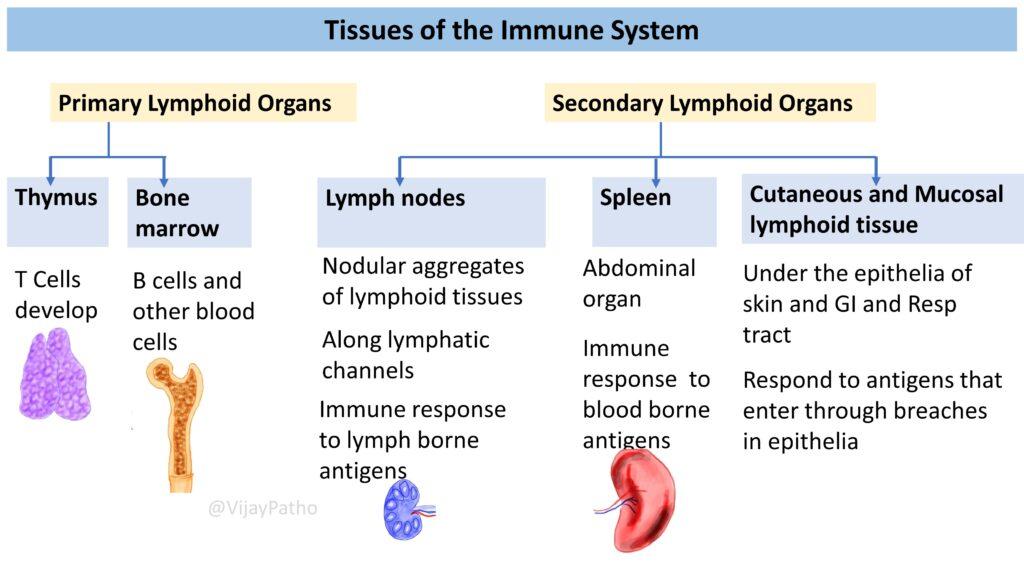
CLICK HERE TO WATCH THE VIDEO ON ADAPTIVE IMMUNITY

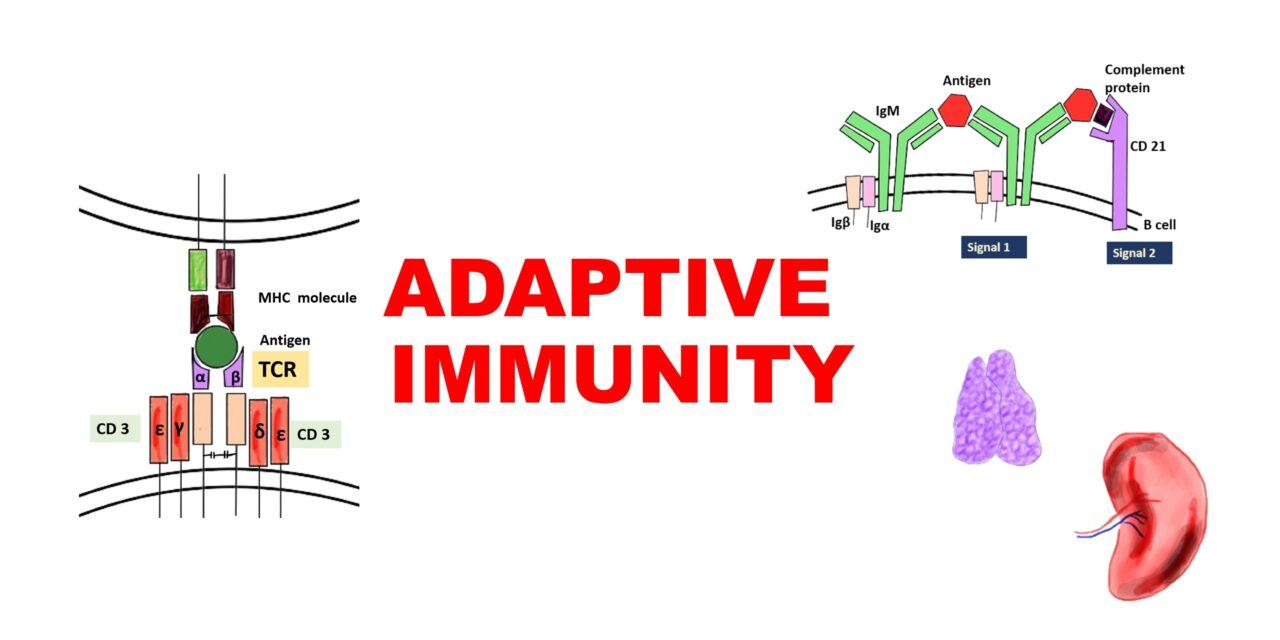
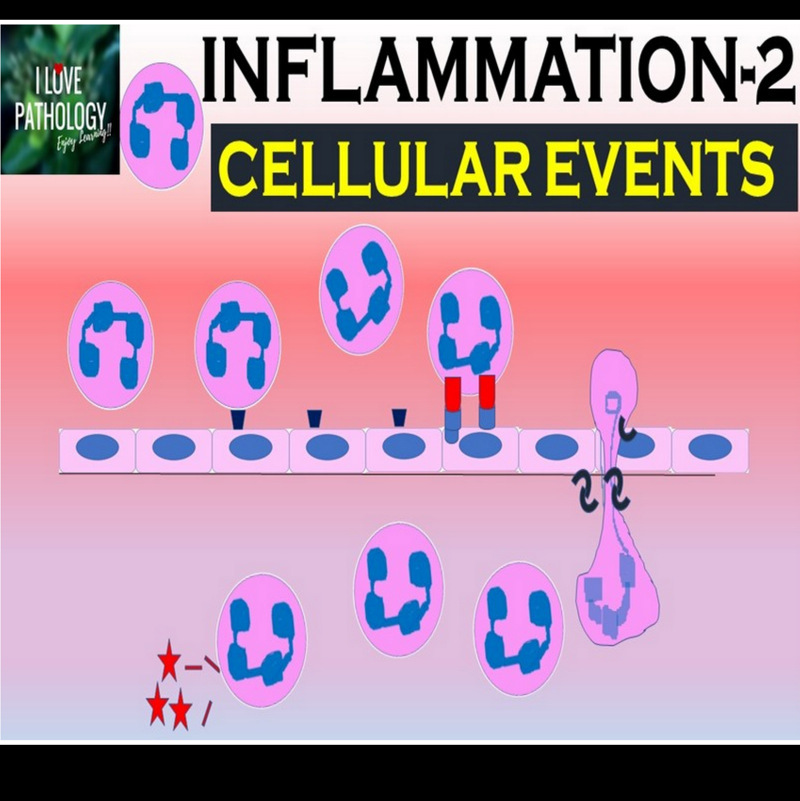
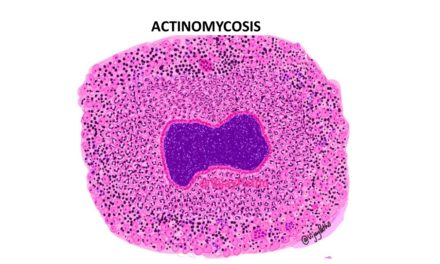
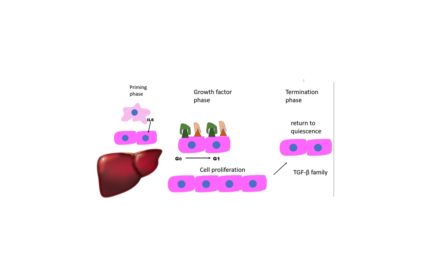
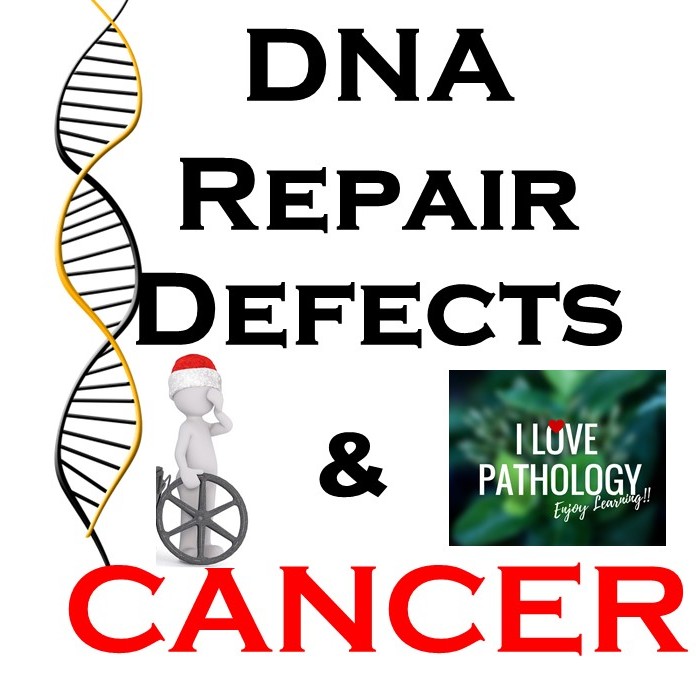





Recent Comments